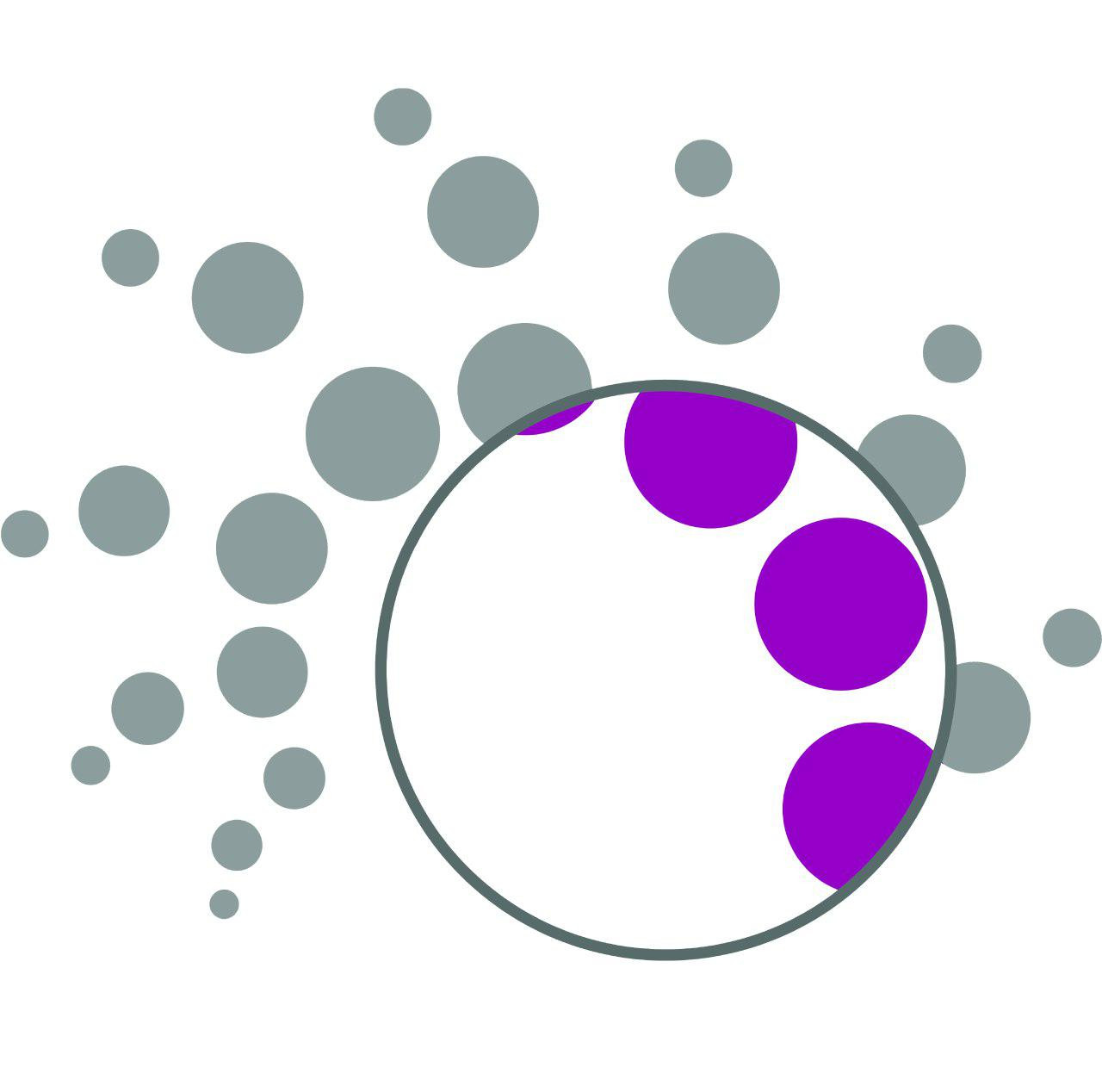Physical Vapor Deposition (also known as PVD Coating) is a family of layer deposition methods which is characterized by a process in which a material first sublimates from the solid phase (Target) into the vapor, transfers on an atomic level inside a chamber, and then backs to a new solid phase in a form of thin film.
PVD coating technique requires a high vacuum chamber (10-2 to 10-4 mbar) inside which coating processes are carried out. The two most common PVD processes are thermal evaporation and sputtering. Thermal evaporation is a technique that relies on vaporization of source material by heating the material using appropriate methods in vacuum. Thermal evaporation involves heating a solid material (Target) inside a high vacuum chamber which evaporates material to produce a vapor fume. The heating source may be resistive evaporation, filament evaporation, electron beam, laser beam and /or arc discharge. In the sputtering, on the other hand, there is much more focus on the ion bombardment (typically Argon ions) of the Target which is basically non-thermal route.
Since nearly all these methods are a kind of line-of-sight technique, to achieve a uniform thin film coating thicknesses, substrates to be coated are often rotated on several axis with the aid of a module called sample holder. The thickness of coating can be in the range of few Angstroms to several micrometers and can be a single material, or can be multiple materials in a multi-layered structure. Today, most thermal evaporation PVD systems are equipped with a thickness controller module which is made of quartz crystal. This module enables real time deposition rate and thickness monitoring during coating process.
Sputtering techniques (non-thermal kind of PVD) are offered in two common types including; DC sputtering and RF sputtering, which indicate the type of applied potential to the Target. Each type of power supply has its own pros and cons. DC power is suitable for conductive materials, however, in the case of dielectric target materials, DC Sputtering is limited because non-conducting insulating materials can be electrically polarized, thereby preventing further layer deposition. On the other hand, RF power can also sputter non-conductive materials, because by alternating the polarity with RF sputtering, the surface of the target material can be cleaned of a charge buildup with each cycle.
In some cases, the material vapor during transferring (from Target to substrate) inside the chamber reacts with the some gases species like oxygen, nitrogen and methane. These gases are intentionally introduced into the chamber to produce thin film of metal oxides, nitrides, carbides and other such materials. Today, different types of PVD coatings are available, including ZrN, ZrCN, TiN, TiCN, CrN, CrCN, and CrN.
Multi-purpose vacuum coating system uses magnetron sputtering technology and is able to vaporize a wide variety of material to deposit onto various substrates made from different materials. The unique design of the system enables easy installation of other evaporation sources, accessories, and advanced deposition devices. Details of technical specifications are presented in the following Table.
A wide variety of thin films (even below 100 nm), hard coatings and nanocomposite coatings can be synthesized by PVD, including TiN, TiAlN, CrN, ZrN, AlCrTiN and TiAlSiN.



